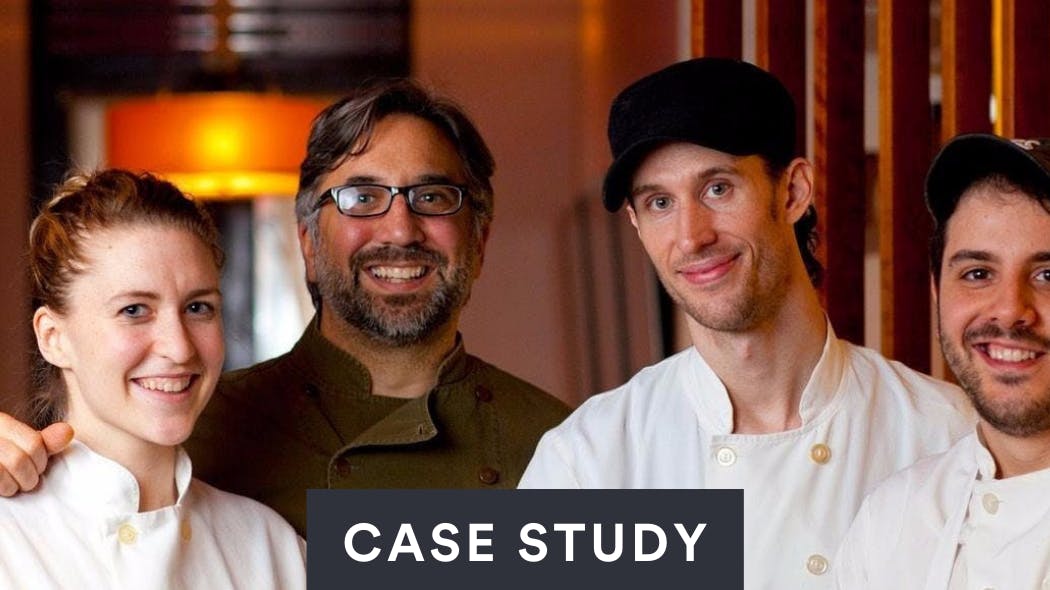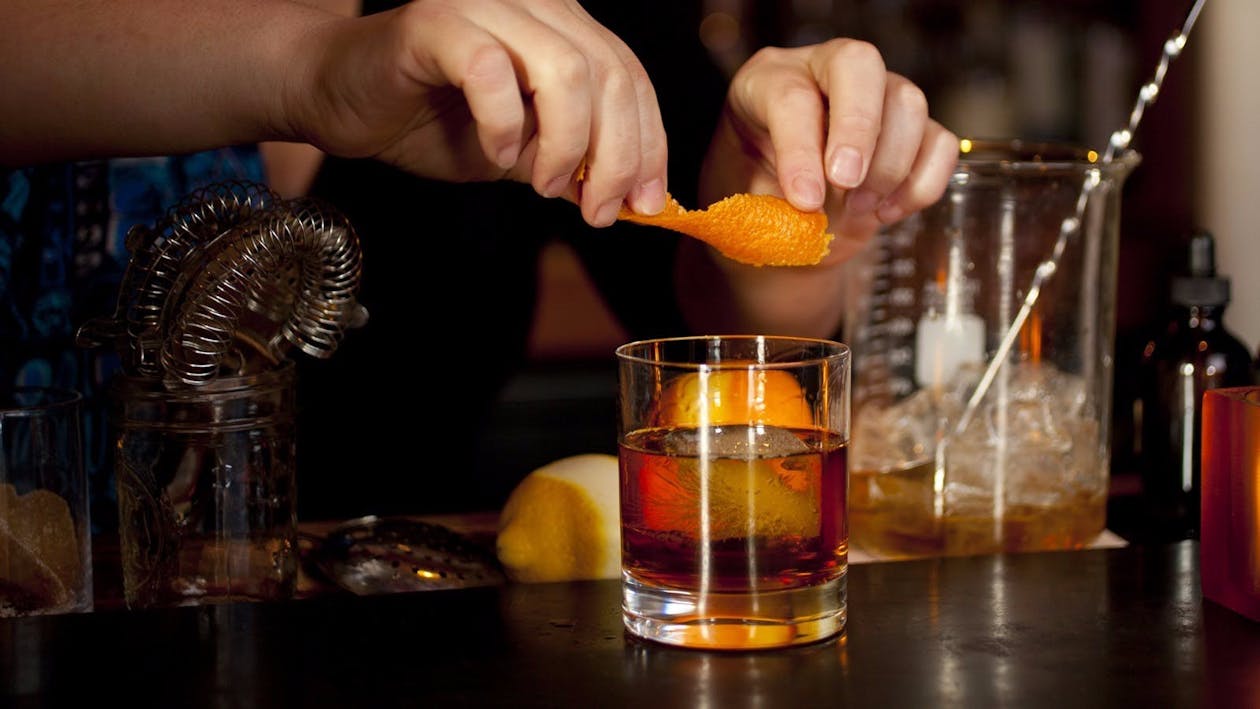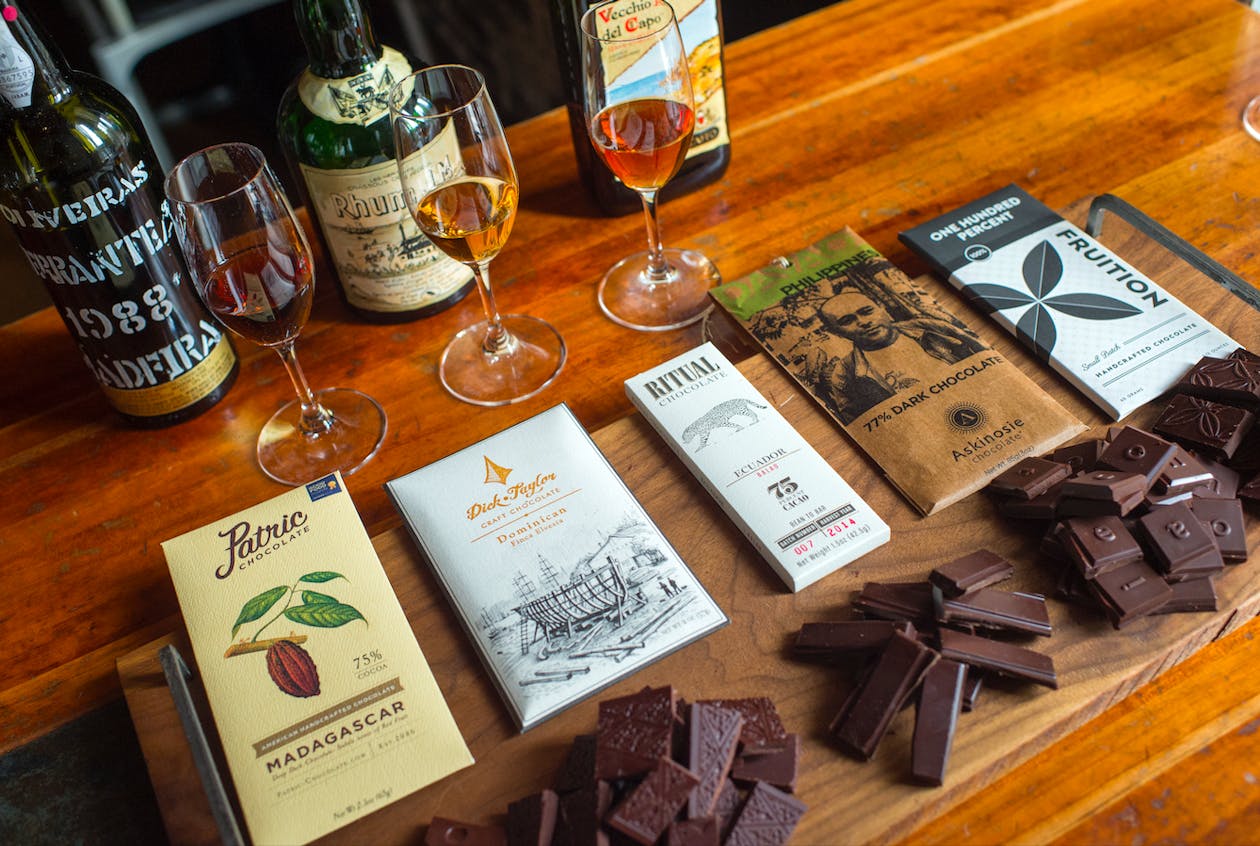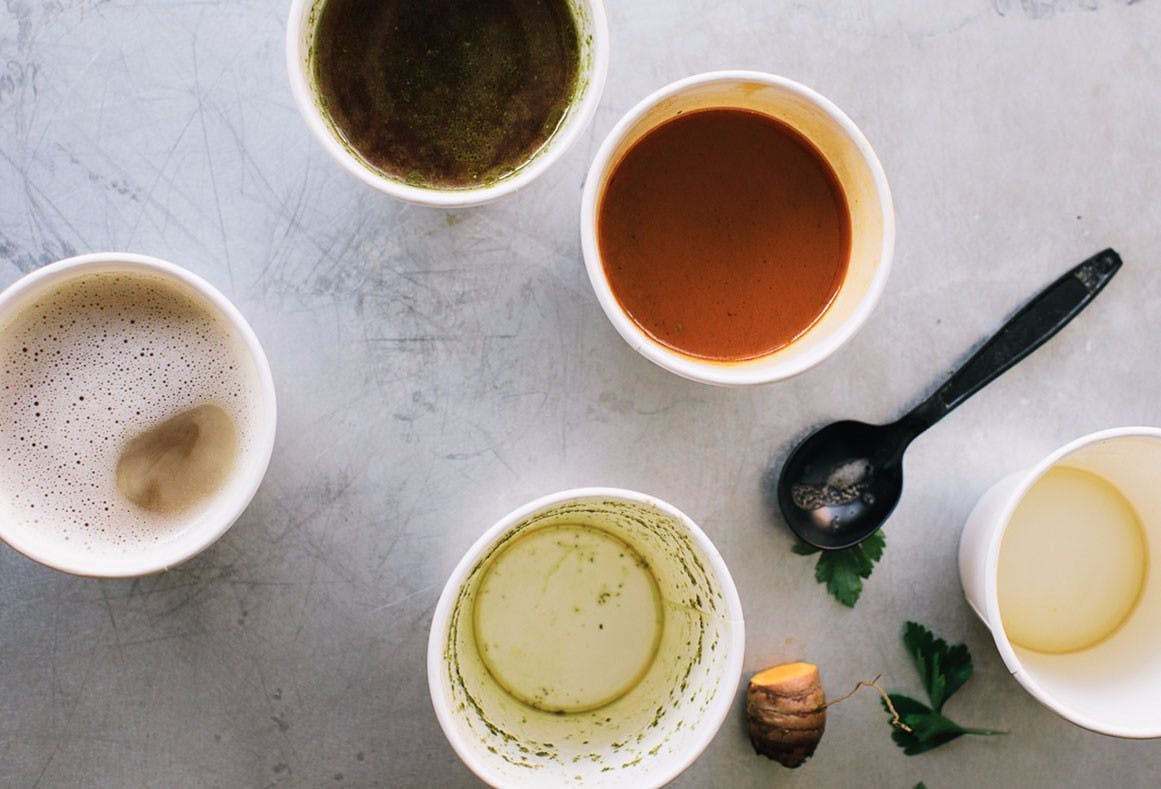Q&A with Marco Canora of Hearth and Brodo
The James Beard Award-winning chef on growth and staying relevant

In a city where restaurants come and go in a matter of months, Marco Canora and his restaurant, Hearth, are rare constants. The place has been charming East Village diners for fourteen years, serving the kind of accessible, neighborhood-style food that guests want to eat every single day. Canora’s efforts were recognized at this year’s James Beard Awards, where, after back-to-back years of nominations, he was finally honored with the Best Chef: New York City prize.
But Canora has not stayed complacent in his success. In the past few years, he has rebranded Hearth, opened an oyster bar, and even started a national craze with his bone broth stand, Brodo. We caught up with Canora about how he’s managed to stay relevant after nearly a decade and a half of hospitality.
Hearth is such a longstanding institution—how do you keep current and fresh, especially in your neighborhood, where new places are opening up all the time?
Marco Canora: For the first decade that we were here, our approach was to constantly be doing these new dinners — a wine dinner, a pig dinner, etc. We’d try to sell all these themed dinners in advance, and it’d be a big ordeal. That approach doesn’t work anymore. We find it more effective to do something more low-key, and to put that event out into the world two days before it happens. We did a dinner with Aaron Silverman [of Rose’s Luxury in D.C.], and it was very laid back.
We also recently went through a rebrand at the ten-year mark of Hearth—we changed the format and pricing in an attempt to get away from this notion that we were this expensive restaurant in the neighborhood where people came out once a year. It was a conscious evolution to get out from under what became a cloud for us.
Has the Beard award significantly impacted business? Are you seeing an uptick in foot traffic?
Marco Canora: We are definitely seeing a significant uptick in business in the past month. The jury is still out as to how long that uptick will last—though I’d like to believe it will have a small impact for a long time, with New York City being a big tourist town. But people will come in and specifically say that they are here because of the Beard.

Cocktails being prepared at Hearth.
On the other end of the spectrum, do you track or put stock in Yelp reviews?
Marco Canora: We don’t ignore Yelp, but we don’t put a whole lot of stock in it. But my management team and I will randomly go on there to see what the consensus is, as I believe there is value in metadata. So if there are 10,000 reviews, and they all net 4.5 to 5 stars, I feel like we are doing a good job.
I think that our sweet spot is the fact that we devote an immense amount of effort into executing the experience really well.
Do you actively try to appeal to both audiences—the Yelpers and the James Beard crowd?
Marco Canora: It’s funny because half our clientele constitutes destination diners, and half look at us like the local haunt. But at the end of the day, I have always done very simple, very clean food that speaks to a wide audience. And I think that our sweet spot is the fact that we devote an immense amount of effort into executing the experience really well. It’s hard because, as they say, you can’t be everything to everyone or you’ll be nothing to no one. But I feel we have done a damn good job in appealing to a lot of people while maintaining a distinct identity.

The dark chocolate dessert board served at Hearth.
What was the thinking behind Brodo when it first launched?
Marco Canora: I had been looking at that little window around the corner from our restaurant on 1st Avenue for many years, trying to figure out a way to turn it into something. Also, our rent had just gone up, and I was hungry to find a new revenue stream!
We first thought we’d do apple cider donuts, and then we pivoted to meatball sandwiches. I happened upon the idea of hot broth in coffee cups. I was so motivated by that concept, and we had the bandwidth to really bring it to fruition.
Now you are selling Brodo as a separate product. What have the challenges been entering the product space when you've been doing restaurants your whole life?
Marco Canora: There are so many. First off, our broth is technically a meat product, so we are tethered to USDA regulations. That whole approval process is long and tedious and bureaucratic. As a chef in a restaurant, I could have three new dishes on the menu tomorrow, but to make changes to a product that is governed by the USDA—it takes a ton of time and energy and effort. As a chef, I am a bit of a control freak, and I’ve had to let go of that control in trying to play in this new arena.

Canora's Brodo broth via brodo.com.
Having been in the business for so long, and also having opened a new restaurant, Zadie’s, last year—what has been the single most useful piece of tech for you?
Marco Canora: All the mobile delivery services, specifically Postmates and Caviar, have been a huge boom for us. I got on board late, and I was honestly astounded at how great it was for business. At first, I looked at the model, and I was like, why would I give a delivery company 25 percent when my entire business, on a good year, profits 5 percent? That was very short-sighted of me, because the fact of the matter is that if you add the cost of the goods to the 25 percent that they take, you end up with a margin that is way better than that of your restaurant.
I always tell people: you have to be more open and amenable to doing meal periods you might not want to do.
OK, so delivery is a must. Any other tips that you give to restaurateurs who are just starting out?
Marco Canora: I always tell people: you have to be more open and amenable to doing meal periods you might not want to do. Like Restaurant Week—I didn’t do it for a decade, and when I finally did, I was so glad I did it. And then there’s brunch—chefs may not want to do it, but the fact is that if you own a restaurant in New York, you need to be open for every minute that you can. If I ever did another full-service restaurant, I would make sure that it was a location where I could do breakfast, lunch, and dinner seven days a week. It’s the only way to make the numbers work.
Ready to learn more?
See how BentoBox partners with restaurants.